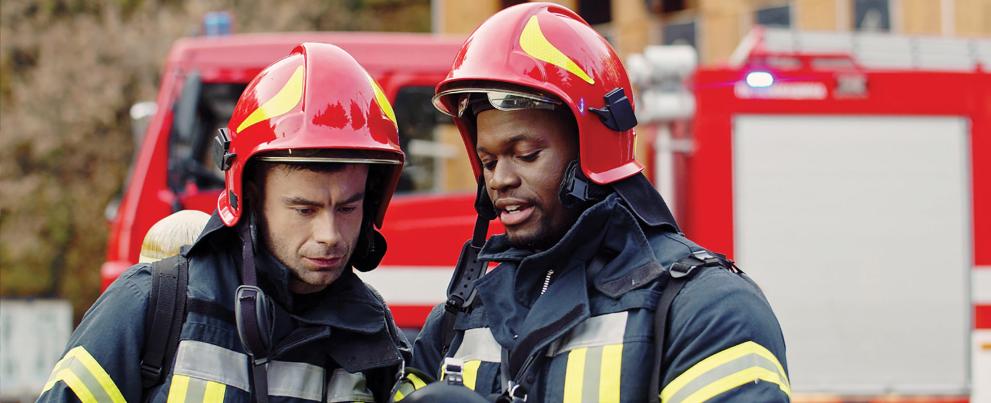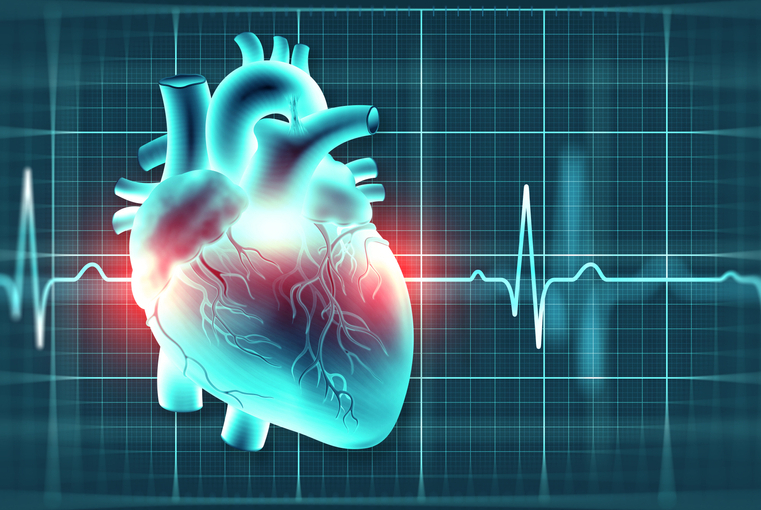
8. Responder health
The ability to monitor the physiological signs of emergency responders

CAPABILITY GAP 8: “THE ABILITY TO MONITOR THE PHYSIOLOGICAL SIGNS OF EMERGENCY RESPONDERS”
Responders and their respective agencies would like a solution that monitors, analyzes, and alerts based on physiological, cognitive, and behavioral signs and indicators. The system should be able to compare measurements against the normal parameters for each responder (as appropriate).
Components may be attached to the body, personal protective equipment (PPE), or embedded in responder garments. Data, analysis, and corresponding guidance should be transmitted in real time, as appropriate, to responders, on-scene supervisors, command staff, safety officers, and/or medical personnel.

TARGET OBJECTIVES AND POTENTIAL SOLUTIONS
The target objectives for this gap are:
- Persistent measurement of responder physiological data to detect threats to responder (e.g., stroke, heart attack, rhabdomyolysis)
- Assessment of data against responder-specific parameters
- Provision of operational and health-related guidance based on physiological data
- Integration of components into personal protective equipment (PPE) or garments
Potential solutions should:
- collect and assess measurement data to provide information that can be used to make decisions about physical and cognitive fitness for duty
- detect and alert when measurements and assessments are outside of specified ranges
- provide real-time transmission of physiological data to responders, command, and other intended destinations
- use a non-proprietary power source that provides sufficient power to support duration of monitoring
- integrate physiological data with other response systems
- be easy to operate, calibrate and maintain throughout the service life
- operate within multiple environments (e.g., smoke, humidity, temperature extremes, precipitation)
- be designed to minimize price of system, consumables, training, and maintenance

CAPABILITY
Responders want to be able to monitor physiological signs to identify when personnel are experiencing or are developing symptoms related to a medical issue or emergency. The ability to monitor responders’ vital signs would enable commanders to direct personnel to rehabilitation or medical stations before measurements reach critical levels.
